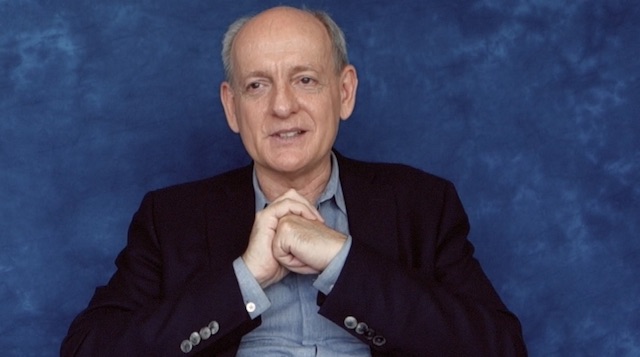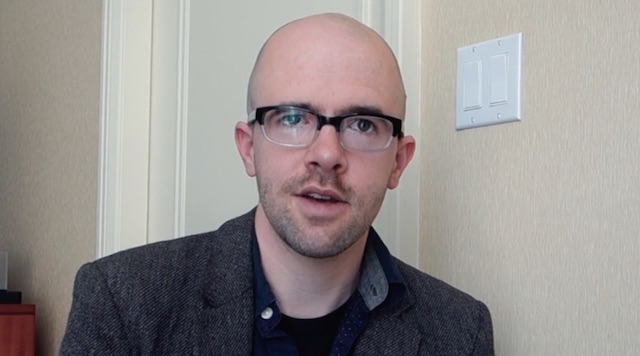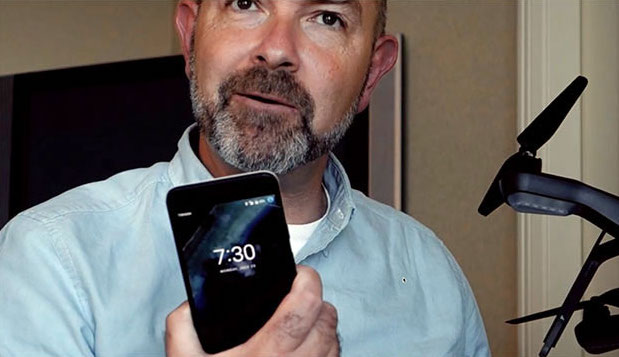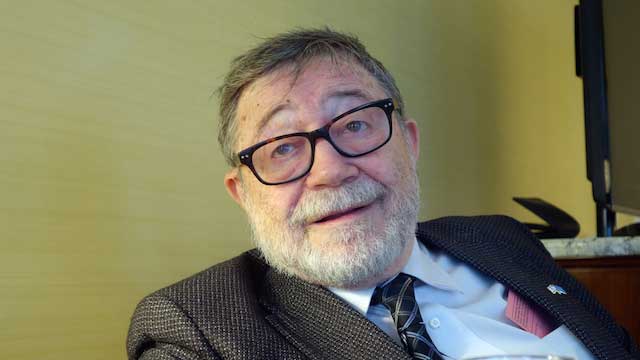
A new thinking came about in the early '80s when we changed from rule-based systems to a Bayesian network. Bayesian networks are probabilistic reasoning systems. An expert will put in his or her perception of the domain. A domain can be a disease, or an oil field—the same target that we had for expert systems.
The idea was to model the domain rather than the procedures that were applied to it. In other words, you would put in local chunks of probabilistic knowledge about a disease and its various manifestations and, if you observe some evidence, the computer will take those chunks, activate them when needed and compute for you the revised probabilities warranted by the new evidence.
It's an engine for evidence. It is fed a probabilistic description of the domain and, when new evidence arrives, the system just shuffles things around and gives you your revised belief in all the propositions, revised to reflect the new evidence.
JUDEA PEARL, professor of computer science at UCLA, has been at the center of not one but two scientific revolutions. First, in the 1980s, he introduced a new tool to artificial intelligence called Bayesian networks. This probability-based model of machine reasoning enabled machines to function in a complex, ambiguous, and uncertain world. Within a few years, Bayesian networks completely overshadowed the previous rule-based approaches to artificial intelligence.
Leveraging the computational benefits of Bayesian networks, Pearl realized that the combination of simple graphical models and probability (as in Bayesian networks) could also be used to reason about cause-effect relationships. The significance of this discovery far transcends its roots in artificial intelligence. His principled, mathematical approach to causality has already benefited virtually every field of science and social science, and promises to do more when popularized.
He is the author of Heuristics; Probabilistic Reasoning in Intelligent Systems; and Causality: Models, Reasoning, and Inference. He is the winner of the Alan Turing Award. Judea Pearl's Edge Bio Page






